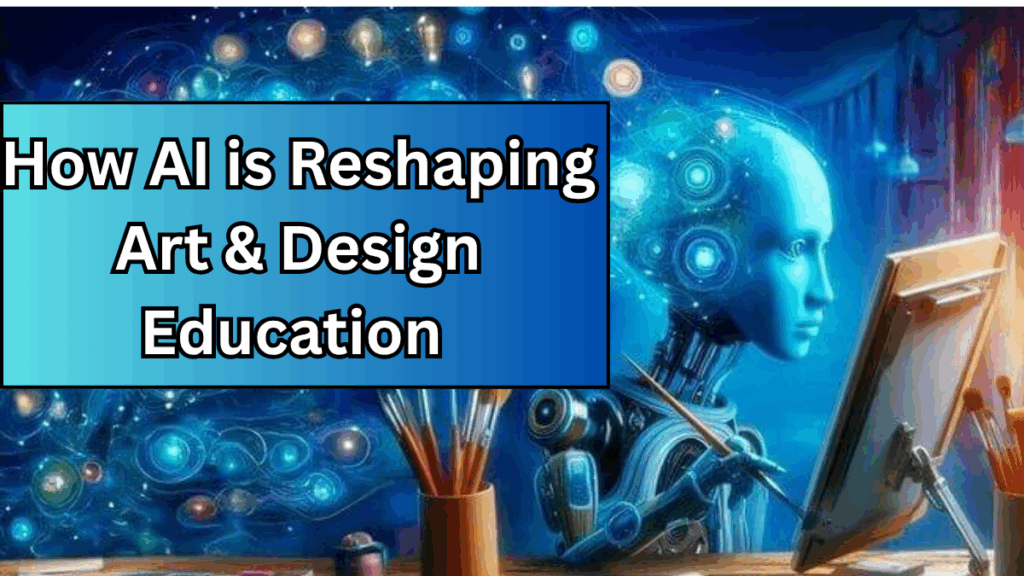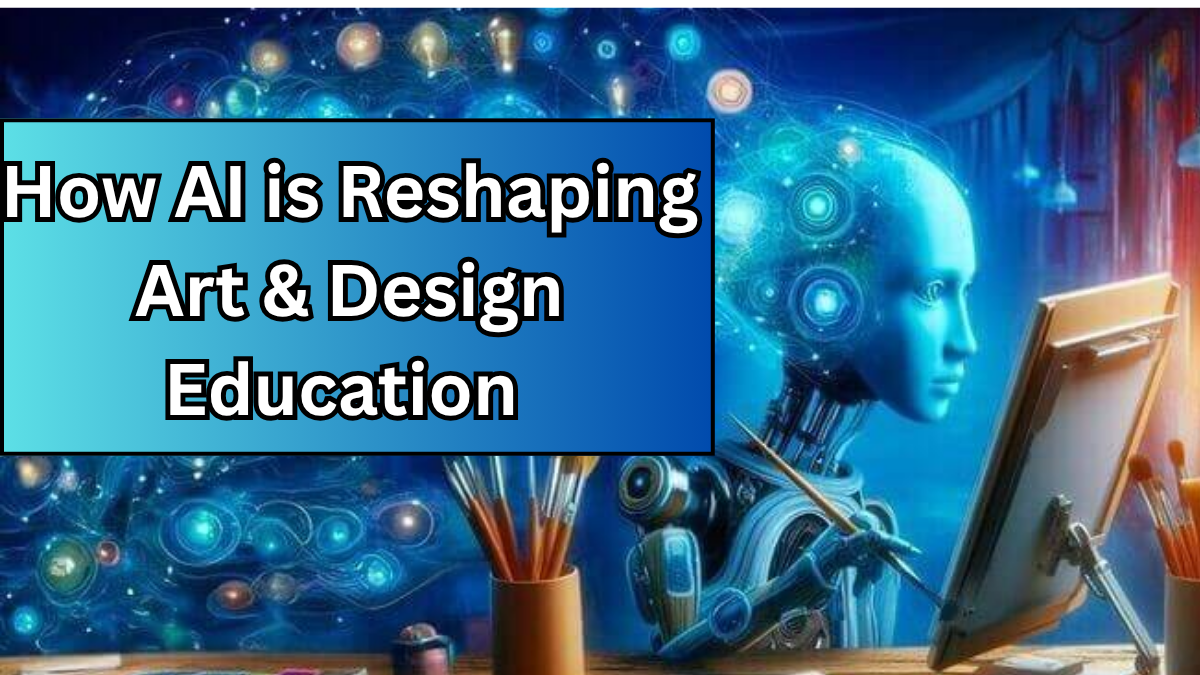The year 2025 has brought a revolution in classrooms and studios worldwide, as AI in Art Education takes center stage. What once felt futuristic is now a daily reality – from personalized learning modules to AI-driven creative tools, the future of learning in art and design has never looked more exciting.

Why AI Matters in Art & Design Education
Artificial Intelligence isn’t replacing creativity; it’s enhancing it. For art and design students, AI acts like a co-creator, a research assistant, and a mentor – all at once. This has made education more interactive, inclusive, and forward-thinking.
Key Changes AI is Bringing to the Classroom
-
Personalized Learning Journeys – AI tailors courses to match each student’s creative strengths and weaknesses.
-
Smart Feedback Systems – Automated critiques help students improve faster, without waiting for teacher reviews.
-
AI-Powered Creative Tools – From generative art platforms to 3D design assistants, technology is expanding creative possibilities.
-
Global Collaboration – AI-driven platforms make it easier for students worldwide to work on joint design projects in real-time.
AI’s Role in Art & Design Education
| AI Application | Impact on Students | Impact on Educators |
|---|---|---|
| AI-Generated Design Tools | Faster idea generation & prototyping | Helps guide students creatively |
| Adaptive Learning Platforms | Personalized study paths | Data-driven teaching insights |
| Automated Feedback Systems | Instant improvement suggestions | Saves time on repetitive evaluations |
| Virtual Classrooms | Global networking & collaboration | Wider reach & interactive sessions |
The Future of Learning: What’s Next?
The future of learning in art and design will likely see AI evolving from a supportive tool into a true creative partner. This means:
-
More immersive virtual reality art studios.
-
AI-curated global exhibitions for student work.
-
Deeper integration of AI in design thinking courses.
The goal is to ensure students are not just keeping up with industry trends but leading them.
What Does This Mean for Students?
Students now have access to unlimited creative resources at their fingertips. Whether it’s experimenting with generative design, understanding color psychology through AI analytics, or exploring futuristic design concepts, education is more hands-on and future-ready than ever before.
FAQs
How is AI in Art Education improving creativity?
AI helps students explore new styles and techniques, generating ideas they might not have thought of on their own. It’s like having a brainstorming partner available 24/7.
Will AI replace teachers in art and design education?
No. AI acts as a tool, while teachers provide mentorship, emotional guidance, and deep creative insights that machines cannot replicate.
What skills should students develop alongside AI tools?
Students should focus on critical thinking, emotional storytelling, and hands-on artistic skills to complement AI’s technical capabilities.
Is AI making art education more accessible?
Yes. Adaptive platforms and AI-driven virtual classrooms are helping students from remote areas access quality education and global collaboration opportunities.
Click here to learn more
